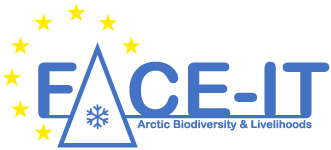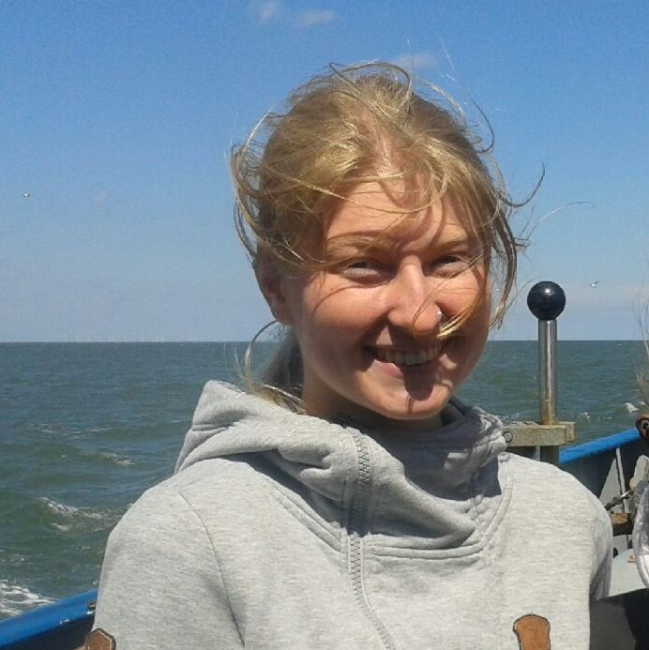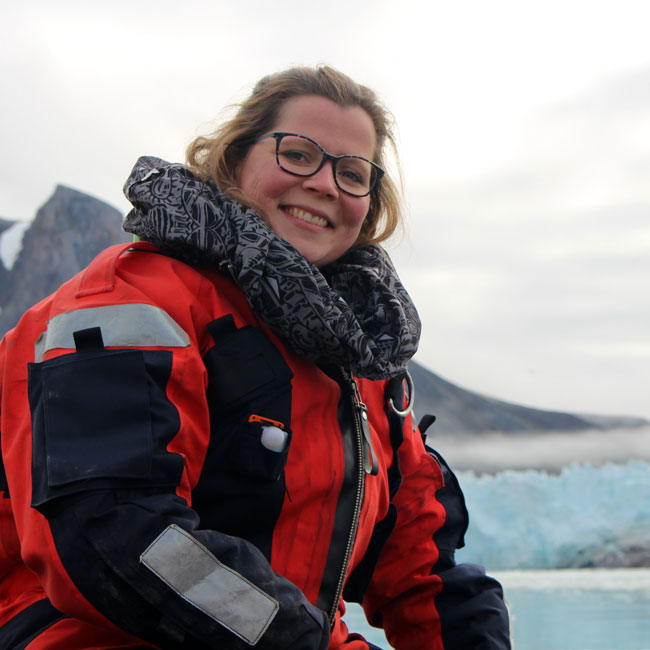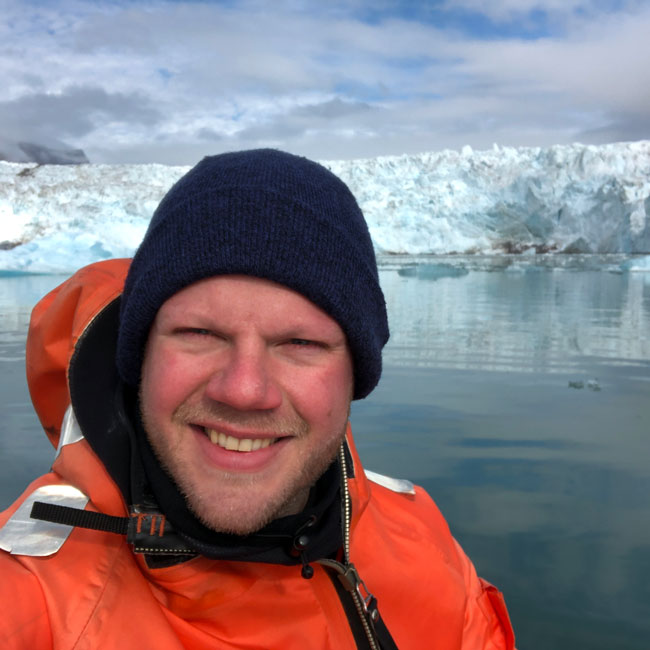Adaptation and acclimation processes of Arctic seaweeds and macrozoobenthos of Porsangerfjorden
In summer 2022, a group of scientists of the University of Bremen and the Alfred Wegener Institute investigated the biochemical capacities and reactions to changing temperatures in benthic key species of the Porsangerfjord. We stayed at the Holmfjorden Research Station of the Norwegian Institute for Marine Research at the Porsangerfjord for about 7 weeks and conducted several experiments and field sampling excursions.
Marie Koch conducted a temperature experiment with key species of the Porsanger ecosystem, the sea urchin Strongylocentrotus droebachiensis, as well as the amphipod Gammarus oceanicus und the blue mussel Mytilus sp. Daily grazing rates were recorded for sea urchins and amphipods. Tissue samples of all species were taken at different temperature acclimation steps for later biochemical analyses. Moreover, feeding experiments were conducted with S. droebachiensis and its sibling species S. pallidus in-situ to investigate the microbiome composition and functioning.
Abundance and biomasses of the sea urchins S. droebachiensis and S. pallidus were surveyed in kelp patches and the sea urchin barren (no macroalgal growth) in the Holmfjord Bay close to the station. Samples for gut content, fatty acid and stable isotope analyses were taken from both species and habitats to characterize the small-scale feeding ecology of both species.
The reaction of the kelp species Saccharina latissima to acute sea urchin grazing pressure was examined in a grazing experiment in collaboration with Nora Diehl.
Nora Diehl collected Saccharina latissima and Alaria esculenta around the Holmfjorden Field Station to analyze their biochemical composition, such as carbohydrates and proteins, and to study population genomics in comparison to further fjord systems in Svalbard and Greenland. Additionally, she collected Laminaria hyperborea to investigate their acclimation potential to high Arctic summer and winter conditions in a multiple-stressor experiment.
Simon Jungblut supported all research activities of the Alfred Wegener Institute and the University of Bremen. Furthermore, he collected zoobenthos samples for genetic barcoding. These barcodes will be part of an Arctic Zoobenthos Barcode Library which will include organisms from Kongsfjorden and Porsangerfjorden. The library will act as the basis of eDNA studies and a comparison between different fjord systems.
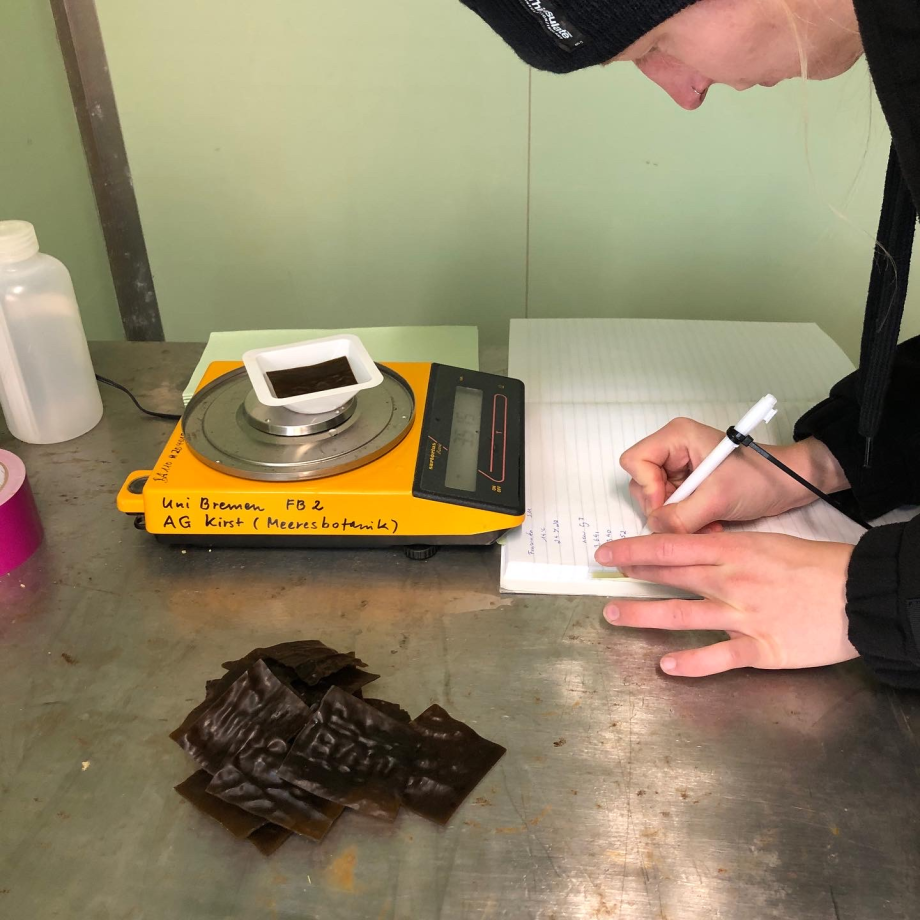
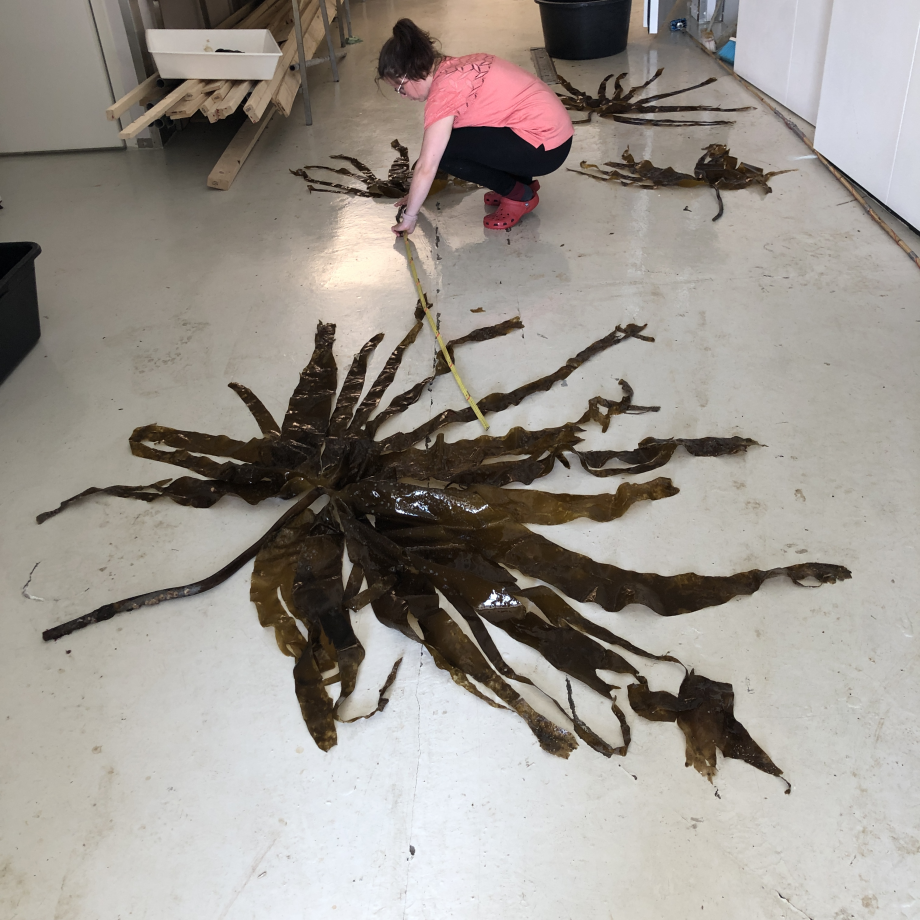
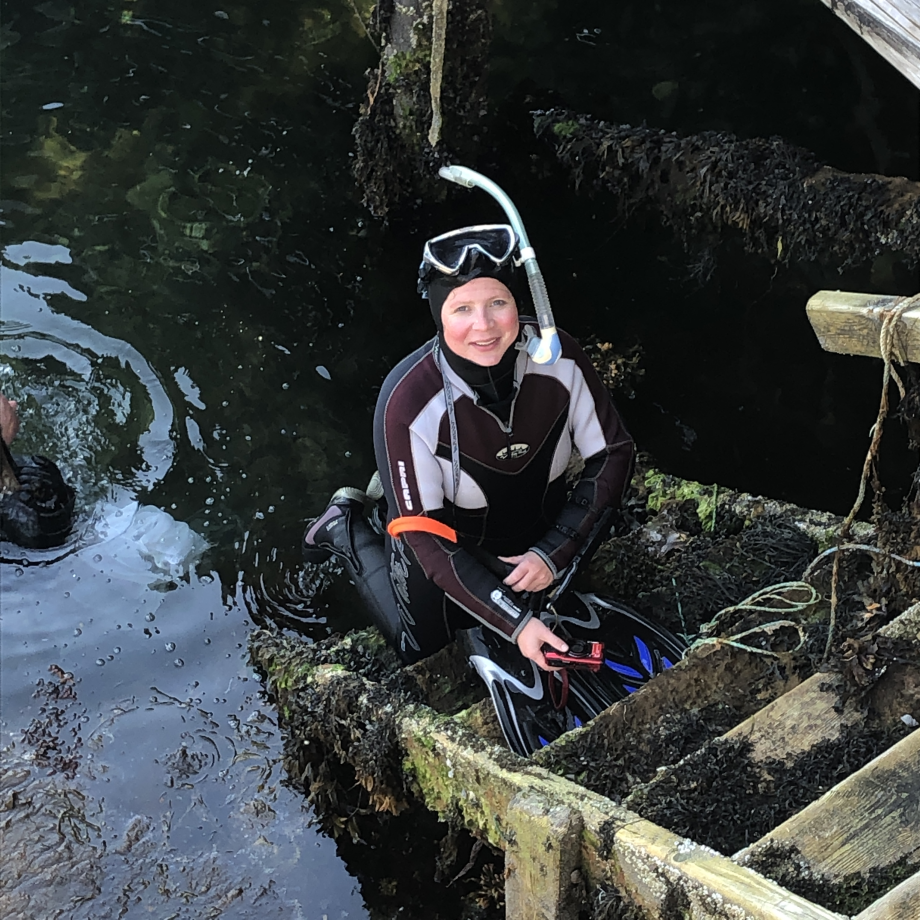
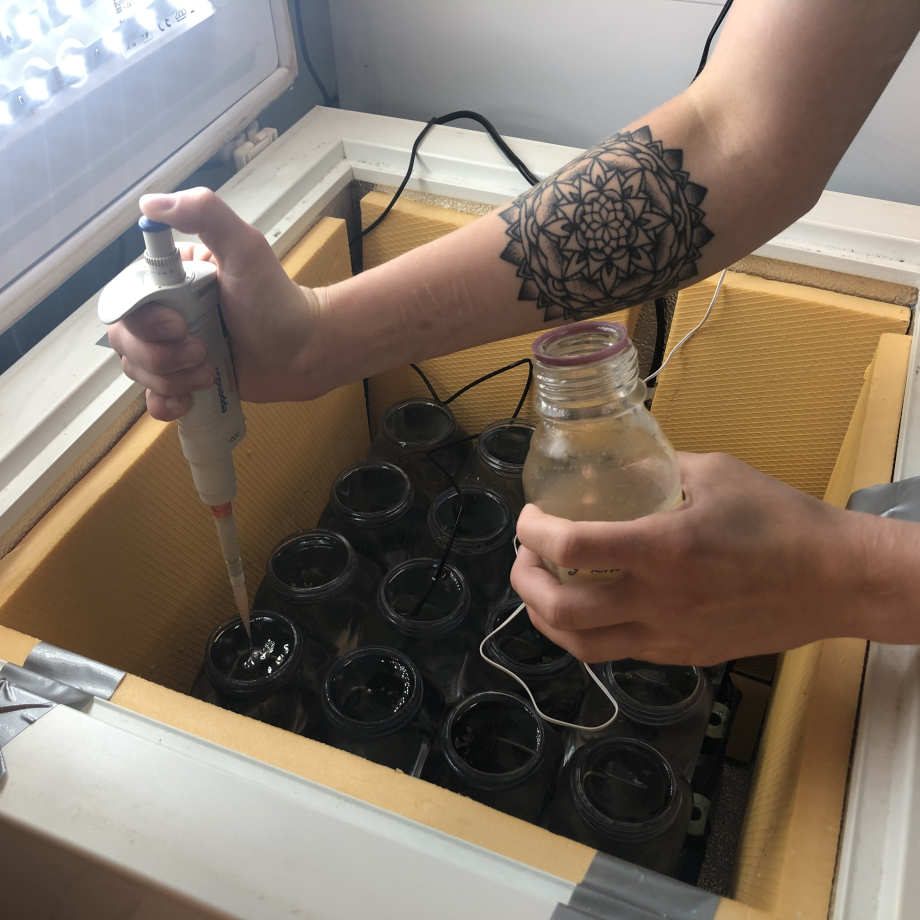
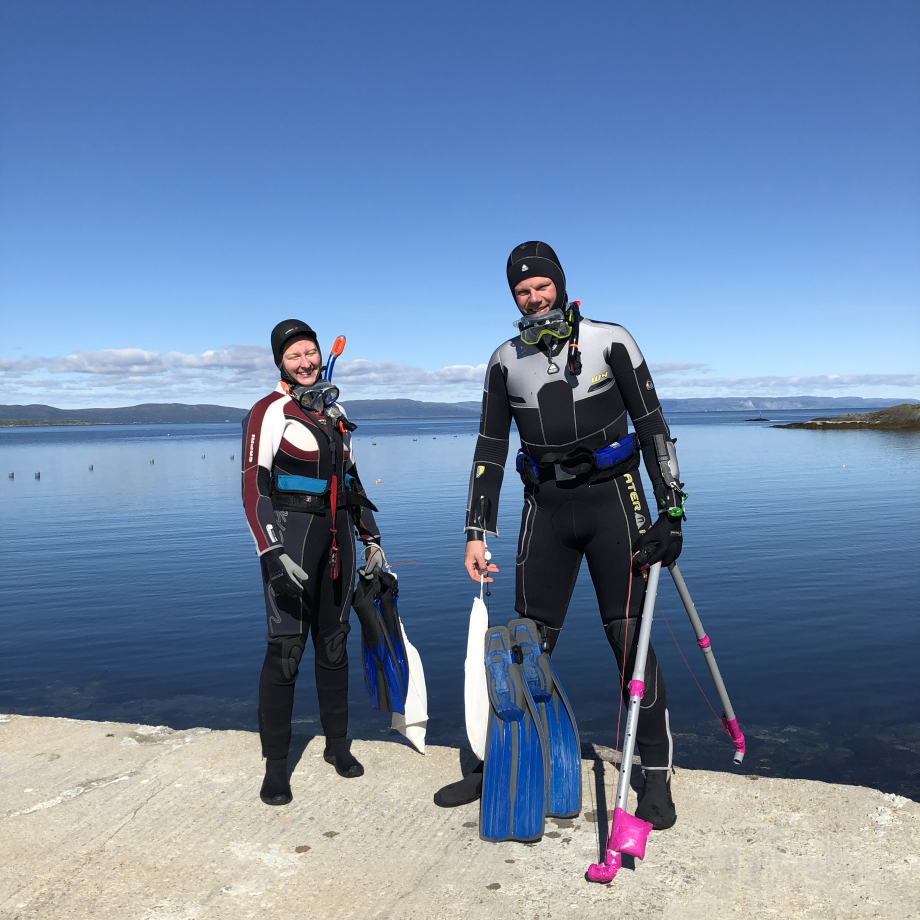
FACE-IT Scientists:
Marie KOCH
Alfred Wegener Institute, Helmholtz Centre for Polar and Marine Research, Bremerhaven, Germany
University of Bremen, Germany
Marie’s FACE-IT Projects
Role in FACE-IT:
• PhD student "Biodiversity Changes"
Nora DIEHL
Marine Botany, University of Bremen, Germany
ResearchGate
Nora’s FACE-IT Projects
Role in FACE-IT:
• Researcher "Biodiversity Changes"
• Researcher "Ecosystem Function Changes"
Simon JUNGBLUT
Marine Botany, University of Bremen, Germany
Association of Marine Sciences, Bremen
Society for Natural Sciences NWV, Bremen, Germany
UBremen personal page
ResearchGate
Role in FACE-IT:
• Scientific Project Manager
• Member of the Executive Board
• Co-Leader "Policy Dialogue and Outreach"
• Co-Leader "Project Management"
• Researcher "Biodiversity Changes"
